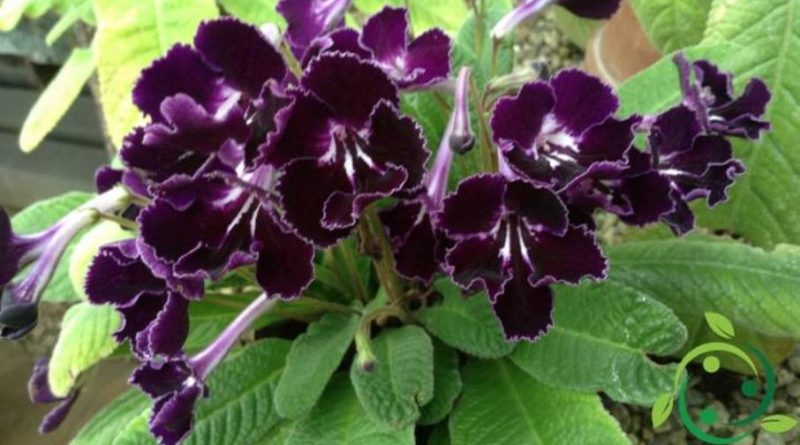How to grow Cape Primrose
How to grow Cape Primrose
The genus streptocarpus includes about one hundred herbaceous or suffruticose species of the Gesneriaceae family; they are evergreen plants, caulescent or acauli, with leaves joined at the base of the plant to form a small tuft or with a single large horizontal or drooping leaf. These species have in common the dense silky hair and the tubular form of the flowers, which are isolated in the acauli species and gathered in bunches in the caulescent ones. They are used as flowering plants for apartment. The streptocarpus are plants native to southern Africa and Madagascar, where they live in the habitat of the undergrowth. They are known by the common name of Primule del Capo.
In this sheet we will see how to grow the Primula del Capo and the most useful measures.
There are numerous hybrids of Primrose of the Cape, with flowers of the most varied colors, often with the throat marked by zonings or streaks of color contrasting with that of the petals and there are also varieties with fragrant flowers.
As far as the cultivation technique is concerned, remember that La Primula del Capo should be grown as a perennial perennial plant, as it does not withstand temperatures below 10 ° C. It is therefore advisable to place the plant in a room that is quite humid and not excessively hot, avoiding areas close to sources of heat. The area where to grow the Primrose of the Cape must be bright, without the direct rays of the sun, which damage the leaves and excessively dry the growing substrate. Among other things, the area of the apartment where they are grown must be well ventilated but, obviously, far from cold air currents.
To increase the humidity of the room, if you do not have automatic humidity regulators of the room, you work by placing the pot in a container filled with expanded clay to keep constantly moist.
The cultivation should be done in small or medium sized pots, with a universal soil with slightly acidic pH, mixed with bits of bark and leaf loam: you can use the same soil that is used for orchids mixed with soil for acidophilous plants .
As for irrigation, water often, especially during the warmer period and decrease, without ever allowing the substratum to dry completely, in the colder period; in doing this, avoid wetting leaves and flowers.
If we want a permanent flowering also in irrigation water, every two or three weeks we must add liquid fertilizer for flowering plants, according to the doses prescribed in the package.
Since Primroses of the Cape flourish practically all year round, the plant must always be kept in a bright place, also changing the environment depending on the exposure during the year.
As far as propagation is concerned, Primula del Capo typically produce fertile seeds, which can be sown in seedbeds, where a moist mixture of sand and peat is placed, and with the seeds just covered with the growing substrate, often irrigating with a vaporizer.
Once the young seedlings have been formed, 3-5 cm in size, they can be transplanted taking care to do so, with the substratum very wet so as not to break, during the collection, the delicate root capillaries.
In the southernmost climes of Italy, especially in some coastal areas, it is possible to grow Primula del Capo also in the garden, as annual plants; to do this you need to place them in flowerbeds and in areas shaded by other plants.
Regarding the aspects related to diseases, parasites and adversity, the following suggestions are given:
– Appearance of a gray mold on the leaves: high humidity without change of air. Remove the affected parts and treat the plant with fungicidal products.
– Aphids: they attack leaves and flowers. They sap the sap and make the plant sticky. They are eliminated by washing the plant and treating it with products based on Marsejlle soap.
Among the various species more or less present in the nurseries we also mention: Streptocarpus caulescens, Streptocarpus dunnii, Streptocarpus holstii, Streptocarpus x hybridus, Streptocarpus kewensis, Streptocarpus polyanthus, Streptocarpus rexii, Streptocarpus saxorum, Streptocarpus watsonii and Streptocarpus wendlandii, in addition to their various hybrids.

